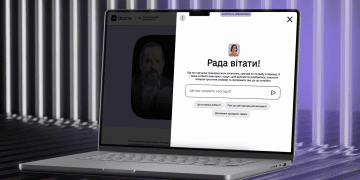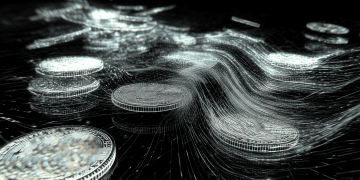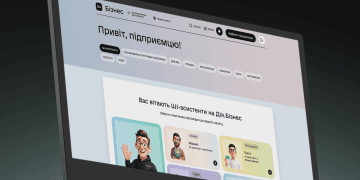- Direction:
- GovTech
How Ukraine’s Digital Museum Fund Protects Cultural Heritage in Wartime
- Publication date and time:
- Reading time:
- 3 min
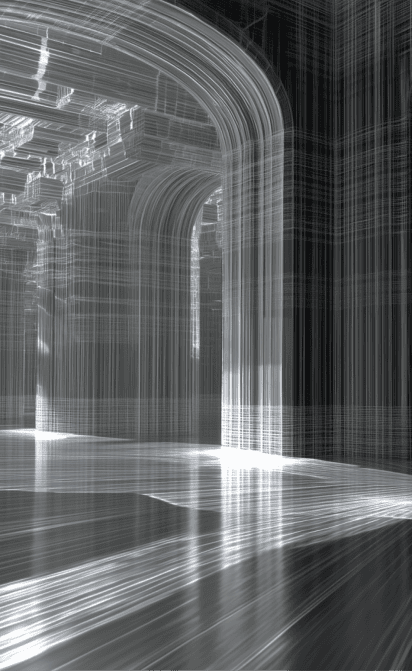
Before 2022, Ukraine’s museum records were scattered across hundreds of institutions, kept in everything from handwritten ledgers and Excel spreadsheets to russian‑developed software still in use in some collections. There was no unified national database — only estimates of the 12 million state‑owned artifacts, and little visibility into their exact location or condition. This fragmented system became a serious vulnerability once the full‑scale invasion began.
When russia’s war against Ukraine brought unprecedented destruction to cultural heritage — from the looting of Kherson’s museums to the devastation of UNESCO-listed Chersonesus Taurica in occupied Crimea — the challenge became clear: how to protect and account for millions of cultural assets, both preserved and stolen.
In response, Ukraine has launched the Museum Fund Register — a national digital system that consolidates all data on the country’s museum artifacts. The goal: create a secure, unified, and transparent record for 12 million state-owned cultural objects, track their movement, and strengthen Ukraine’s ability to prove ownership on the global stage.
From Paper Records to a Digital-First System
Until recently, Ukrainian museums used fragmented systems — from paper logs and Excel sheets to russian-made software still in operation in some institutions. This made it nearly impossible to have a real-time, reliable overview of the country’s cultural assets.
The Museum Fund Register replaces this with:
- A single digital database of state-owned cultural objects, including their condition and location.
- Tracking and control for any movement of artifacts, especially for international exhibitions.
- API integration for museums already using other software.
- Digital standards for inventory across all state museums.
The system was designed by Ukrainian GovTech company Strimco, commissioned by the International Solidarity Fund (funded by the Polish government) for Ukraine’s Ministry of Culture and Strategic Communications.

A Tool for International Accountability
The Register will soon integrate with Interpol, enabling swift reporting of stolen objects and proof of their Ukrainian origin. This capability is critical in ongoing legal and diplomatic efforts — such as the return of the Scythian gold collection.
We have been proving for years that these collections belong to the state of Ukraine, not individual museums. A state register allows us to demonstrate this ownership internationally
Implementation and Next Steps
As of February 2025, 432 of 652 state museums have connected to the Register. The next step is a Cabinet of Ministers resolution making its use mandatory. Training programs are being rolled out to prepare museum staff at all levels of digital readiness.
Alongside the professional system, a public Museum Fund portal has been launched by the eMuseum team — an online «museum of museums» offering descriptions, visuals, and even 3D models. It also serves as a public engagement tool, with quizzes and educational content designed to spark interest in Ukrainian heritage worldwide.
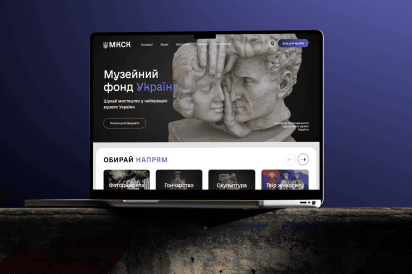
Why It Matters
The Museum Fund Register won’t recover what’s been lost, but it ensures that Ukraine’s cultural heritage is documented, traceable, and legally protected. In wartime, it’s also a demonstration of Ukraine’s digital resilience — applying GovTech not only to public services and defense but to the preservation of history itself.
Every artifact now has a digital record. And that changes the game for protecting heritage in wartime.
This article was prepared by the GovTech Alliance of Ukraine (GTA UA)
